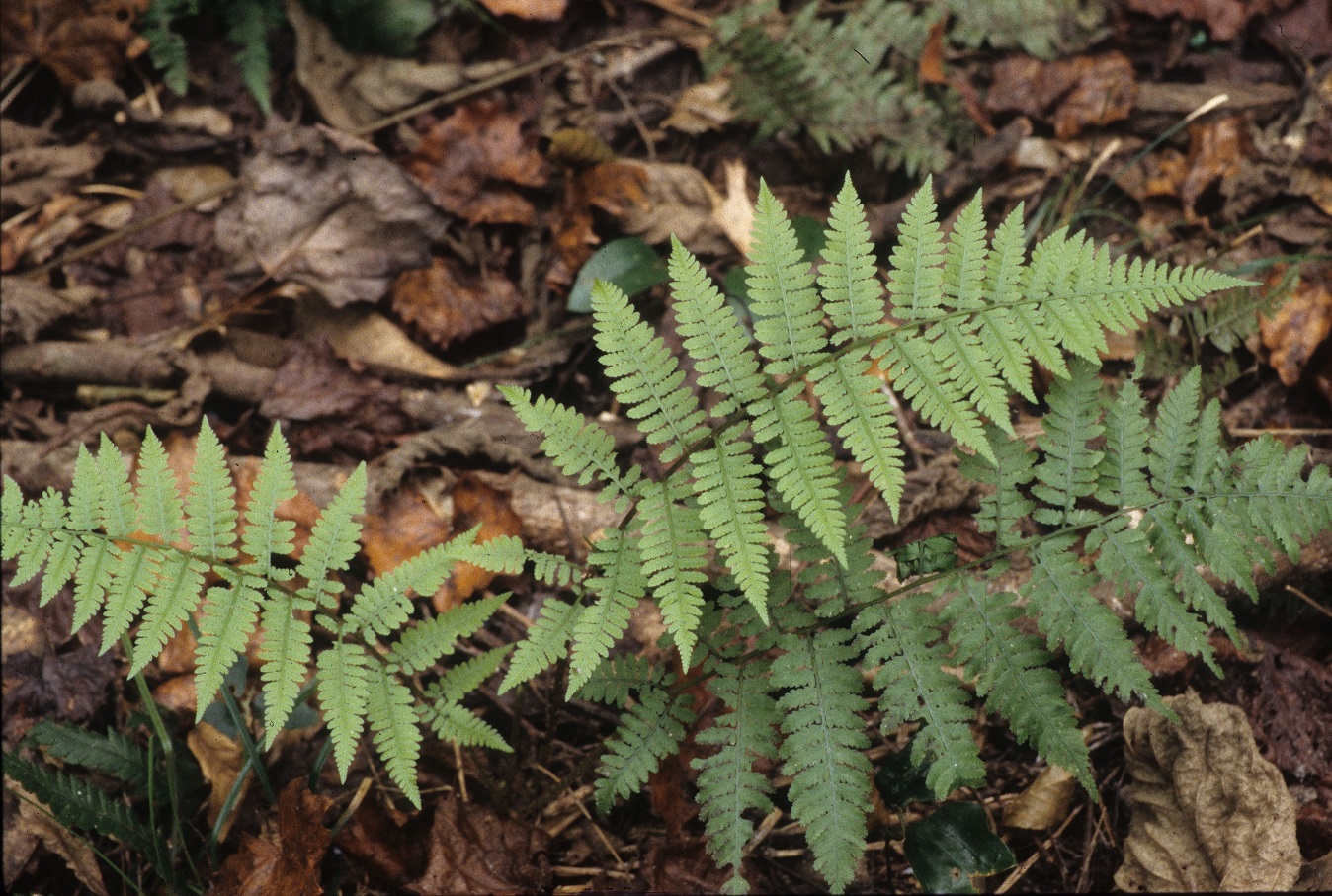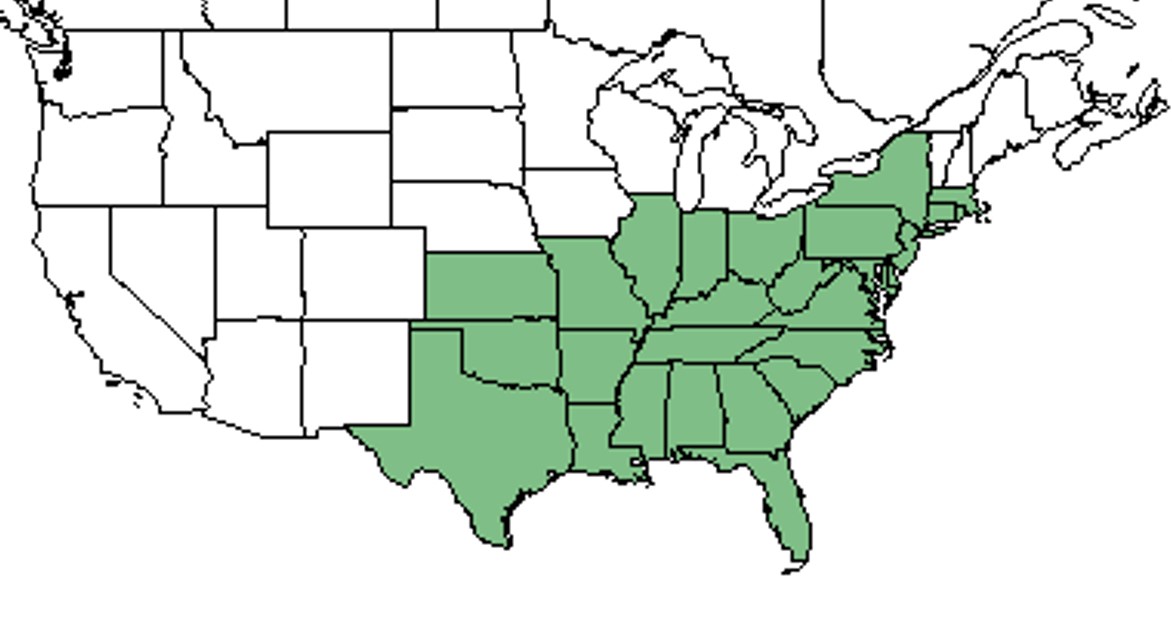Athyrium asplenioides
| Athyrium asplenioides | |
|---|---|

| |
| Athyrium asplenioides taken by Gil Nelson | |
| Scientific classification | |
| Kingdom: | Plantae |
| Division: | Tracheophyta |
| Class: | Polypodiopsida |
| Order: | Polypodiales |
| Family: | Athyriacae (Woodsiaceae) |
| Genus: | Athyrium |
| Species: | A. asplenioides |
| Binomial name | |
| Athyrium asplenioides (Michaux) A.A. Eaton | |

| |
| Natural range of Athyrium asplenioides from USDA NRCS Plants Database. | |
Contents
Taxonomic notes
Synonym names: Athyrium filix-femina (Linnaeus) Roth ex Mertens var. asplenioides (Michaux) Farell.
Athyrium filix-femnia ssp. asplenioides (Michaux) Hultén.
Common name: Southern Lady Fern
Kelloff (2005) explains the taxonomic differences of Athyrium filix-femina with overlapping ranges in North America and on other continents. According to Kelloff (2005), the two eastern North American Athyrium species, A. angustum and A. asplenioides, both have characteristics that separate them into their own taxa, such as spore color and surface texture.
As stated by Edwin Bridges (02/18/2016), "If you believe that there is only one widespread species in multiple continents, then the earliest name is Athyrium filix-femina, so that is the name you would use. If instead, you believe that the preponderance of the evidence indicates that there are several species in this group, then you split it into several different species, and of those, the narrowly defined A. filix-femina (what some call A. filix-femina var. filix-femina) is not in North America."
Description
Distribution
Ecology
Habitat
It can be found along river floodplains, near the bottom of a ravine, on the ravine slope, in lowland forests, and in frequently burned pinelands (FSU Herbarium). It occurs in shady to deep-shady areas with moist loamy sand soil type and that are seepage and bogyy-like (FSU Herbarium). Uncommonly, it is found in disturbed areas such as old cowpens (FSU Herbarium).
Associated species include Dryopteris ludovicinana, Thelypteris sp., Thelypteris hexagonoptera, Polystichum acrostichoides, Illicium, Ilex, Magnolia, Quercus, Botrychium dissectum, Woodwardia virginica, Carya aquatic, and Ligustrum sinense (FSU Herbarium).
Phenology
Seed dispersal
Seed bank and germination
Fire ecology
Pollination
Use by animals
Diseases and parasites
Conservation and Management
Cultivation and restoration
Photo Gallery
References and notes
Kelloff, Carol L. (2005). "The Two Taxa of the Eastern North American Lady Fern, Athyrium Filix-femina." Long Island Botanical Society - The Quarterly Newsletter 15.2: 9-14. Web. 23 Feb. 2016.